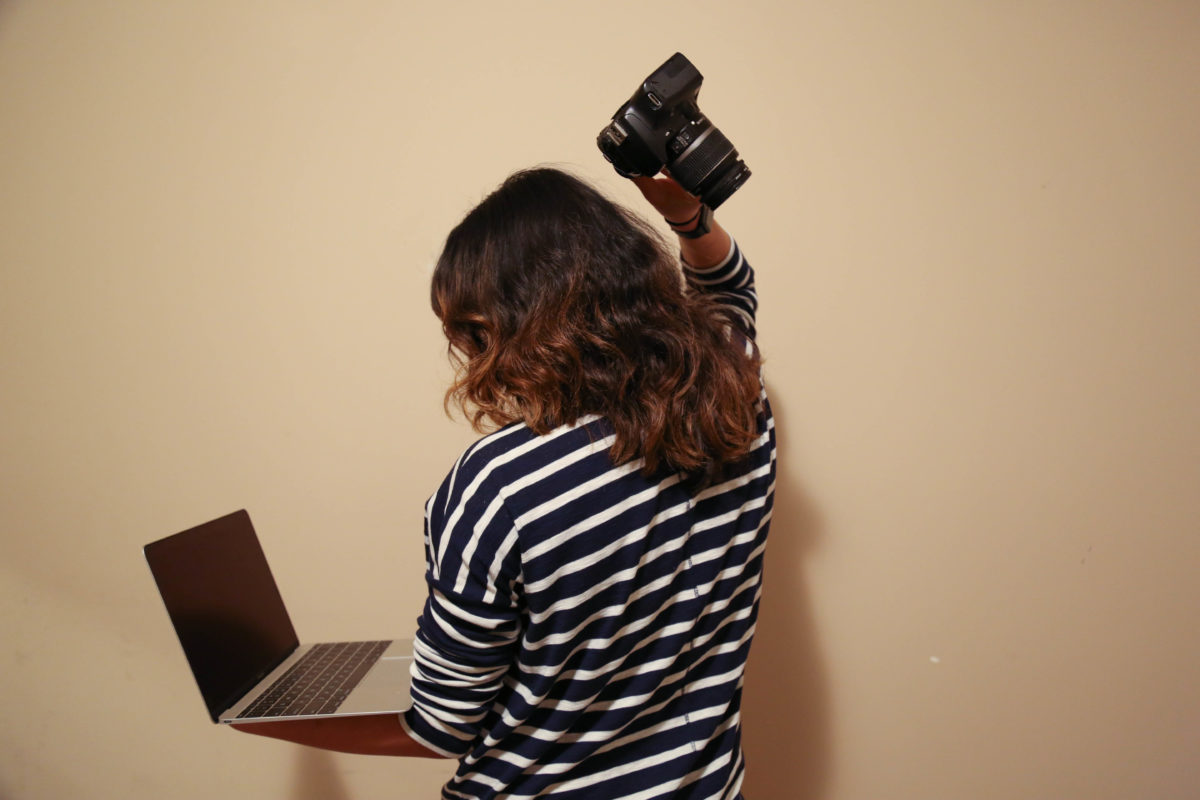
The words photographer and camera always go together, mainly because photographers spend so much time looking through their lenses to create art.
But photography today is not just a relationship between a photographer and their camera. Most spend a lot of time with the “post-process” behind their computer screens.
As technology has advanced, editing has become part of the process of creating photos.
Photo-editing software allows photographers to edit the basics, like changing the vibrancies and the saturation. But it also enables them to completely change the shapes of their subjects, even adding or deleting objects.
The post-process can enhance photos but it also brings uncertainty about whether it diminishes the art of photography.
The scale of digital impact in photography is big. But local photographers, Kelsey Schroeder and Alex Landine, do not think post-process changes the art of photography.
“I think a lot of the time, post-processing helps you to bring out your creative vision,” said Shroeder.
Landine said editing itself is a form of art, regardless of whether the art in question is photography.
“If a person could take an okay photo and make it look great, I find that editing is a skill in itself. It’s neat,” said Landine.
But they said it depends on where people are willing to draw the line on how much is being edited, but also, what kind of photography they are creating.
“You need to know when you’re crossing the line when it comes to too much editing,” said Schroeder. “I find that can really make or break a photograph.”
Landine said, as a fashion photographer, editing tends to enhance his art.
“In fashion, photography is intense to underline the clothing,” said Landine. “Editing does enhance the photo, it doesn’t detract from it.”
Since photographs are used as a story telling tool in journalism, Landine thinks photojournalism is tied with a whole other judgement process. He said photojournalism requires the same standards as journalism. Truth and liability should come first.
“[In photojournalism], editing could be dangerous, because it can take away the truth,” said Landine.
Neither Landine or Shroeder can give a definite answer whether or not editing photos destroys the art of photography. They says art in general is always shifting and changing, so is the art of photography. Different kinds of photography have different intentions. And people have different values and interpretations when it comes to art.
They feel, ultimately, consumers will have to draw their own conclusions.
